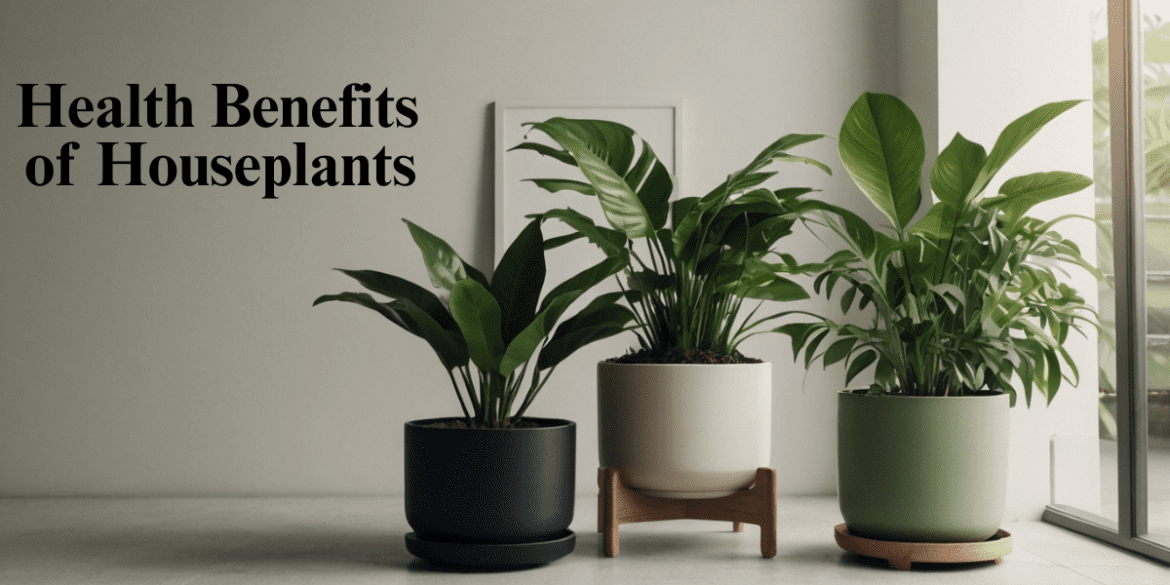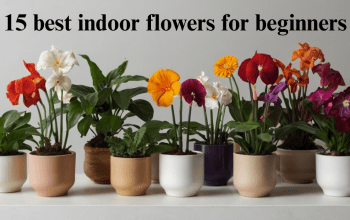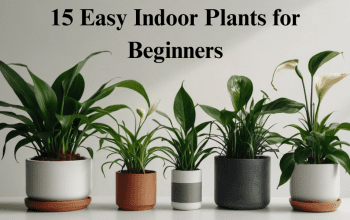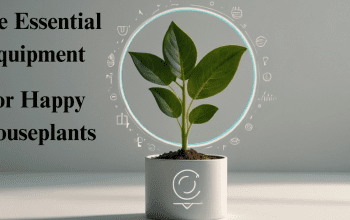Picture this: you walk into a room filled with lush, leafy plants. Instantly, you breathe deeper, your shoulders relax, and somehow life feels a little lighter. Coincidence? Nope. That’s the quiet magic of houseplants working their leafy little wonders.
Now, I know what you might be thinking—”Come on, they’re just plants, not miracle workers.” But hear me out: science (and a whole lot of happy plant parents) says otherwise. From boosting your mood to improving your sleep, houseplants are basically the multitasking roommates you never knew you needed.
Unlike human roommates, they don’t hog the Wi-Fi, leave dirty dishes in the sink, or complain when you forget to text back. All they ask for is a little sunlight, some water, and maybe a nice pot to call home.
The best part? You don’t need to be a gardening pro to enjoy their benefits. Whether you’ve got a whole jungle corner or just one stubborn little succulent on your desk, houseplants quietly transform your space and your health. They’re like tiny wellness coaches—except greener, quieter, and way cheaper than therapy.
In this article, we’re diving deep into the 7 powerful health benefits of houseplants, the unique perks of keeping flowers indoors, and which plants top the charts for boosting your well-being. By the end, you’ll not only know why houseplants are so good for you, but you might also feel the sudden urge to rush out and buy a peace lily or two. 🌿
7 Health Benefits of Houseplants
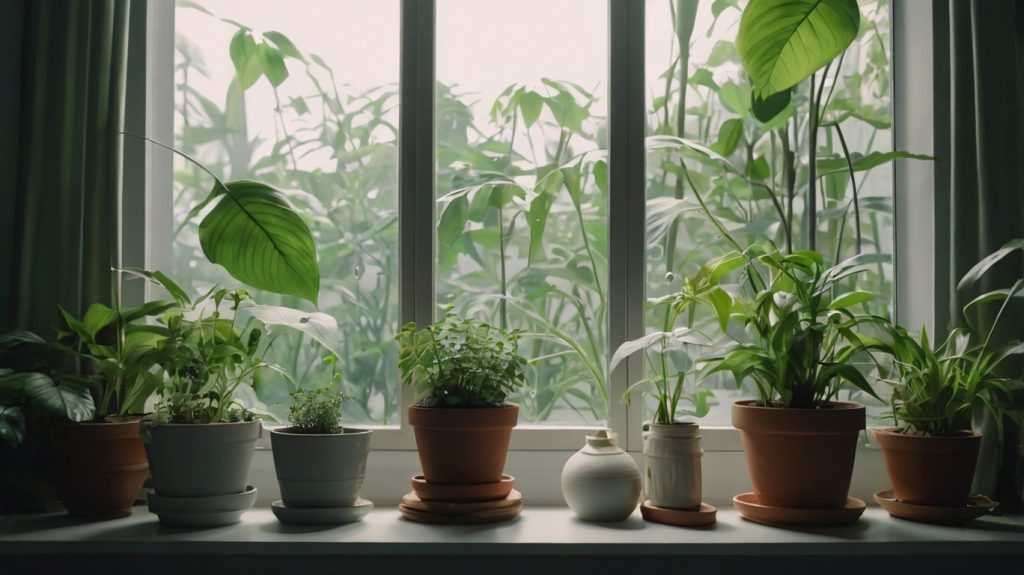
1: They Purify the Air You Breathe
You know how stepping outside into fresh air feels instantly refreshing? Houseplants bring that vibe indoors. Plants like peace lilies, spider plants, and snake plants act like natural air filters. They absorb toxins (like formaldehyde, benzene, and even that mysterious “new furniture smell”) and release clean oxygen back into your space. Translation: less stuffy air, fewer headaches, and a fresher-smelling home. Sure, they’re not going to replace your Dyson purifier, but they’ll quietly improve your indoor air quality without asking for an electricity bill.
2: A Natural Stress-Buster
Feeling stressed? Houseplants are basically green therapists. Studies show that just being around greenery lowers cortisol (your stress hormone), slows down your heart rate, and even makes you feel more relaxed. Imagine coming home after a long day, flopping on the couch, and being greeted by your leafy little squad—it’s like they’re silently whispering, “It’s okay, we got you.” And unlike ice cream or retail therapy, plants won’t add to your credit card bill or your waistline.
3: Boosting Your Productivity and Creativity
Ever notice how coffee shops with plants feel more inspiring than plain, sterile ones? That’s not just hipster décor—it’s science. Studies have found that houseplants improve concentration, focus, and even creativity. Having greenery nearby can make you up to 15% more productive (imagine explaining that to your boss: “I need a raise because my pothos says so”). Whether you’re working from home or just trying to focus on your side hustle, a little greenery can help you get into the flow.
4: Better Sleep Quality
Not all heroes wear capes—some just release oxygen at night. Plants like aloe vera, snake plants, and lavender help promote better sleep by improving air quality and creating a calm environment. Lavender in particular has been shown to lower blood pressure and slow your heart rate, making it easier to drift off. So if counting sheep isn’t working, maybe try counting leaves instead.
5: Strengthening Your Immune System
Here’s a cool fact: being around plants can actually give your immune system a boost. Cleaner air, reduced stress, and better sleep all play a role in keeping you healthier. Plus, certain houseplants release phytoncides (fancy plant chemicals) that may help your body fight infections. It’s like having tiny, leafy bodyguards standing watch while you go about your day.
6: Helping with Humidity
Ever wake up with a dry throat or notice your skin looking dull in the winter? Plants to the rescue! Through a process called transpiration, they release moisture into the air, acting like natural humidifiers. This added humidity helps prevent dry skin, reduces respiratory irritation, and even makes it harder for some viruses to spread. Basically, they’re working double duty—looking cute and saving your sinuses.
7: Instant Mood-Lifters
Last but definitely not least: plants just make you happier. Multiple studies show that being surrounded by greenery reduces symptoms of anxiety and depression while boosting overall happiness. It’s the little things—like watching a new leaf unfurl or seeing your orchid bloom again—that give you micro-moments of joy. And who couldn’t use more of that in their daily life? In short, plants are the cheapest form of daily therapy—and unlike Netflix, they don’t ask for a subscription.
What Are the Benefits of Having Flowers in the House?
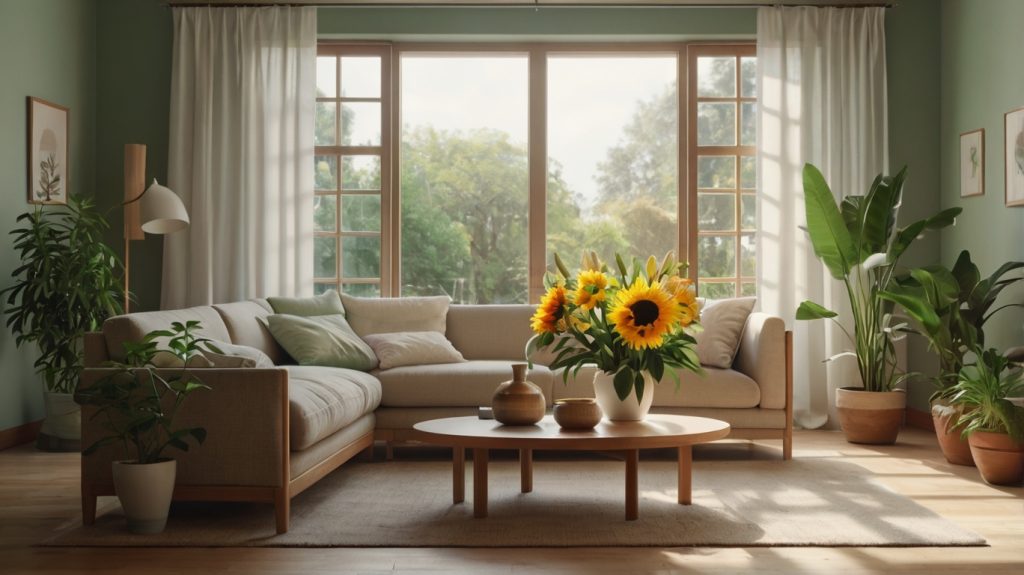
Houseplants are amazing, no doubt. But let’s be honest—flowers are like the celebrities of the plant world. They bring the drama, the color, the fragrance, and that wow factor you just can’t ignore. While leafy greens quietly clean the air and boost your mood, flowers are the extroverts who show up, steal the spotlight, and instantly make your home feel alive.
Here are some of the biggest perks of keeping flowers indoors:
1: A Natural Mood Booster
Imagine walking into a room and being greeted by a vase of fresh lilies, roses, or daisies. It’s almost impossible not to smile. Flowers have been proven to trigger positive emotions—think happiness, excitement, even love. They can brighten gloomy days, lift your spirits after a stressful one, and make ordinary spaces feel special. Honestly, it’s like they have their own happiness Wi-Fi signal.
2: Instant Décor Upgrade
Let’s face it: not all of us are interior design pros. But pop a bouquet of tulips or orchids in the center of your living room, and suddenly your space looks like it belongs on Pinterest. Flowers bring texture, color, and freshness that no throw pillow can compete with. The best part? You can switch them out seasonally, which means your home décor is always in style—without needing a full makeover.
3: Improved Mental Health
Here’s the science-y bit: studies show that flowers lower feelings of anxiety and depression while increasing calmness. Their presence can even reduce fatigue and improve concentration. In simple terms, flowers are like natural antidepressants without the side effects—or the pharmacy line.
4: Better Social Connections
This one might surprise you: having flowers in your home can actually make you a more social person. Researchers found that flowers promote compassion and connection, which means they don’t just make you feel good—they make you treat others better, too. So, if you’ve got a dinner party coming up, a vase of fresh flowers might just set the mood for great conversations (and fewer awkward silences).
5: Natural Fragrance (Without the Chemicals)
Why spend money on artificial air fresheners when flowers do the job naturally? Roses, jasmine, and lavender can fill your space with refreshing scents that instantly change the atmosphere. And unlike chemical sprays, they don’t leave behind toxins—they just make your house smell like… well, happiness.
6: Symbolism & Meaning
Every flower tells a story. Roses represent love, lilies symbolize purity, sunflowers scream positivity, and orchids give off luxury vibes. Having flowers in your home isn’t just pretty—it can be deeply personal. You can choose blooms that reflect your personality, values, or even your current mood. It’s like self-expression, but in flower form.
7: Celebrating the Everyday
You don’t need a birthday, anniversary, or Valentine’s Day to enjoy flowers. One of their best benefits is reminding you that any day can feel special. Whether it’s picking up a small bunch from the store or growing your own potted blooms, flowers turn ordinary Tuesdays into little celebrations.
The Bottom Line: Flowers are more than eye candy—they’re little emotional cheerleaders, air fresheners, mood lifters, and décor enhancers, all rolled into one. Adding them to your home isn’t about extravagance; it’s about giving yourself tiny, daily doses of joy. And let’s be honest—if happiness came in petal form, wouldn’t you want it in every room?
Good Indoor Plants for Health
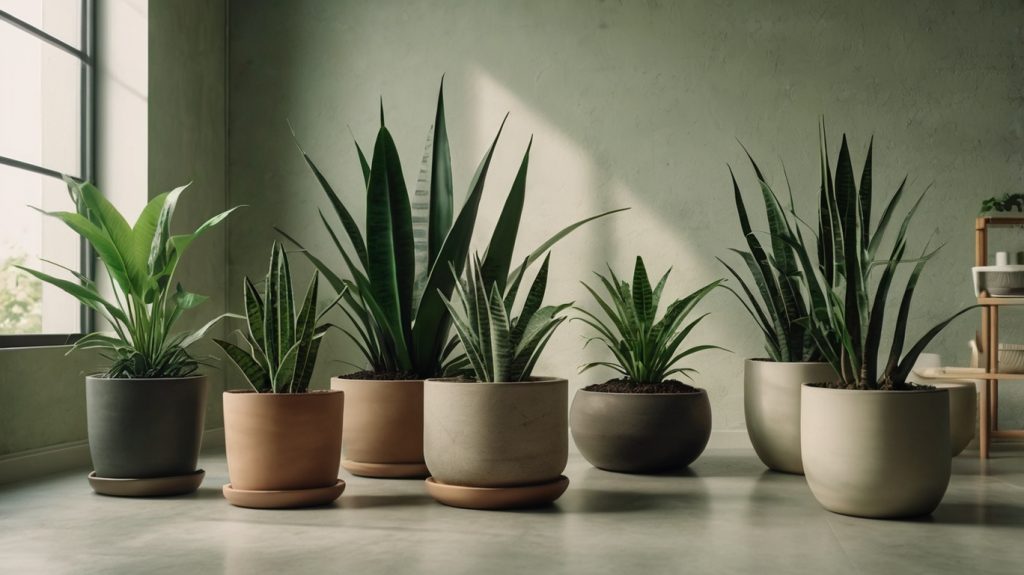
By now, you’re probably convinced that houseplants are basically tiny green superheroes—cleaning your air, lifting your mood, and even helping you sleep better. But here’s the million-dollar question: which ones should you actually bring home? Not all plants are created equal, and some are way more beginner-friendly (and health-boosting) than others.
Let’s break down some of the best indoor plants for your health, grouped into easy categories.
Air-Purifying Champions
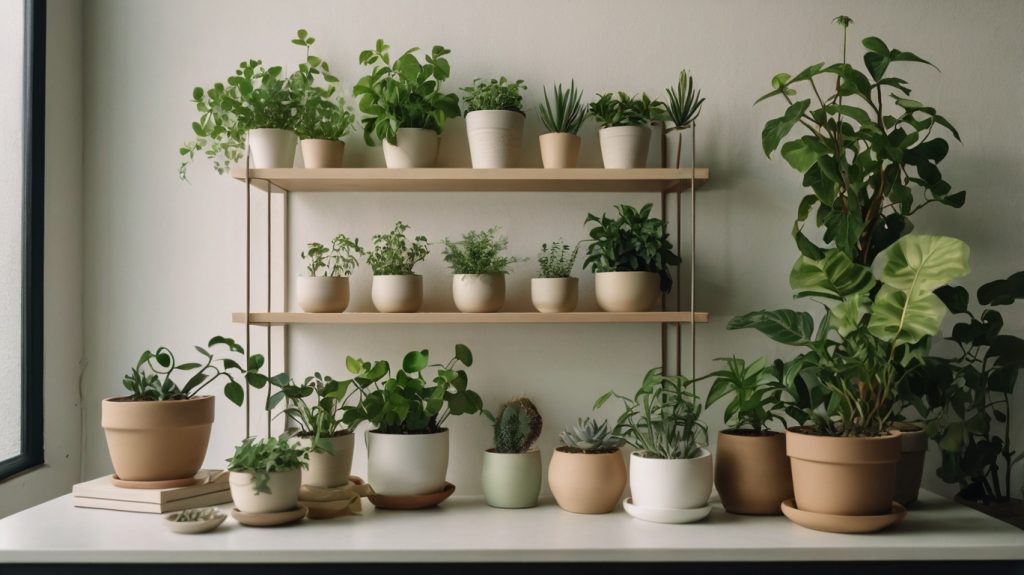
These plants are like the vacuum cleaners of the plant world—minus the noise and dust bag.
Snake Plant (a.k.a. Mother-in-Law’s Tongue)
This one’s basically indestructible. It releases oxygen even at night (perfect for bedrooms) and filters toxins like benzene and formaldehyde. Bonus: it thrives on neglect—so if you forget to water, it won’t hold grudges.
Peace Lily
Pretty and powerful. Peace lilies are excellent at removing indoor pollutants while adding a tropical touch. Plus, they bloom indoors with those gorgeous white flowers that look straight out of a spa brochure.
Spider Plant
A true classic. Spider plants are champs at cleaning the air, safe for pets, and sprout adorable “baby plants” you can re-pot or gift. It’s basically a plant that multiplies your joy.
Stress-Relievers & Mood Boosters
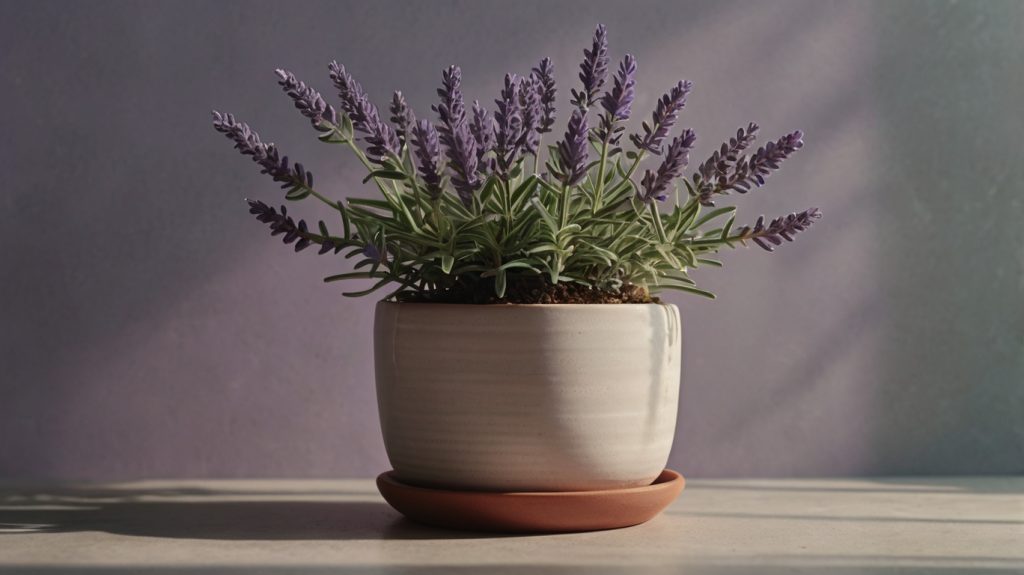
These are your emotional support plants—calming, soothing, and uplifting.
Lavender
Known for its soothing fragrance, lavender is like nature’s bedtime tea. Keep it near your bedroom for relaxation and better sleep.
Aloe Vera
Not only does it improve air quality, but its gel has healing properties for burns and skin irritation. It’s like having a little pharmacy on your windowsill.
Jasmine
Its delicate flowers smell divine and are proven to lower anxiety levels. Basically, jasmine = peace in plant form.
Best for Productivity & Focus
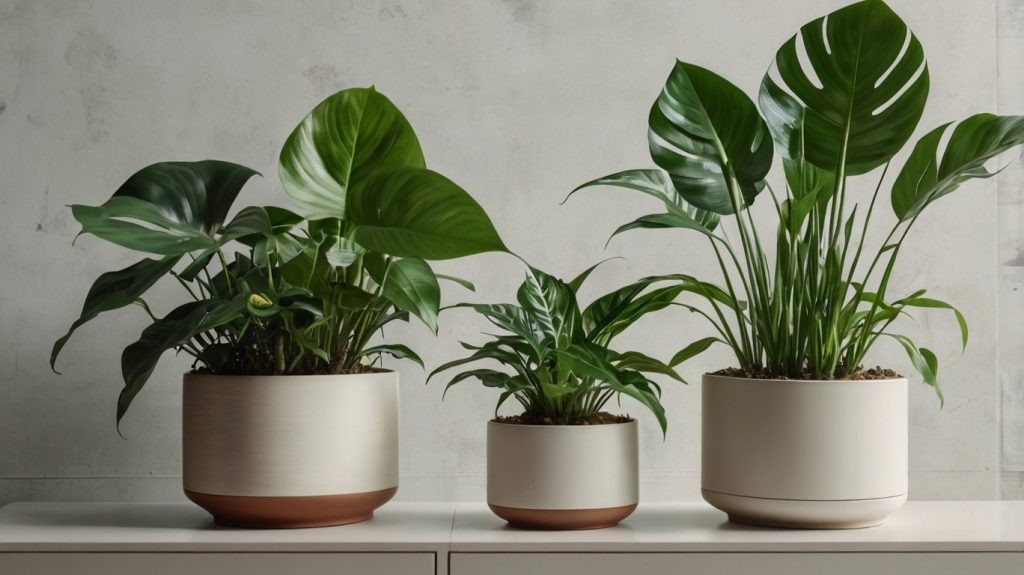
Great for home offices or study corners.
Pothos (Devil’s Ivy)
Super low-maintenance and grows like crazy, pothos brings life to any dull space. It’s been linked to increased concentration—perfect for your work desk.
Rosemary
Yes, the same herb you sprinkle on roasted potatoes. Its fresh scent is believed to improve memory and alertness, making it a fantastic study buddy.
Areca Palm
Adds tropical vibes while humidifying your space—keeping you comfy while you hustle.
Beginner-Friendly Plants
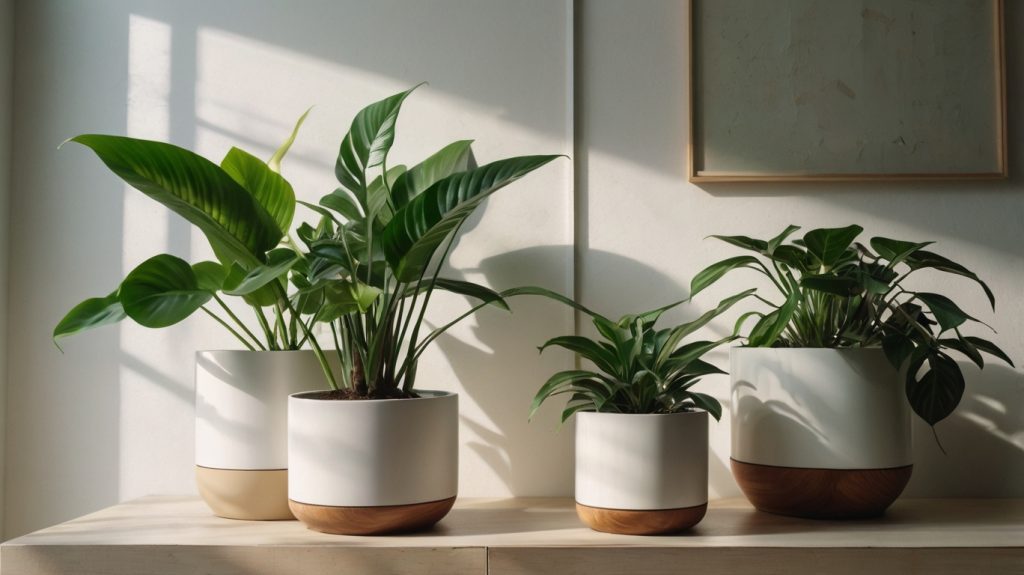
If your thumb is more “brown” than “green,” start here.
ZZ Plant
Tough as nails and thrives in low light. Even if you forget it exists for weeks, it’ll keep growing.
Succulents (like Echeveria or Jade Plant)
Cute, trendy, and only need watering once in a while. Perfect for forgetful plant parents.
Philodendron
Low-maintenance with big, glossy leaves that scream “jungle vibes” without the effort.
Pet-Safe Options
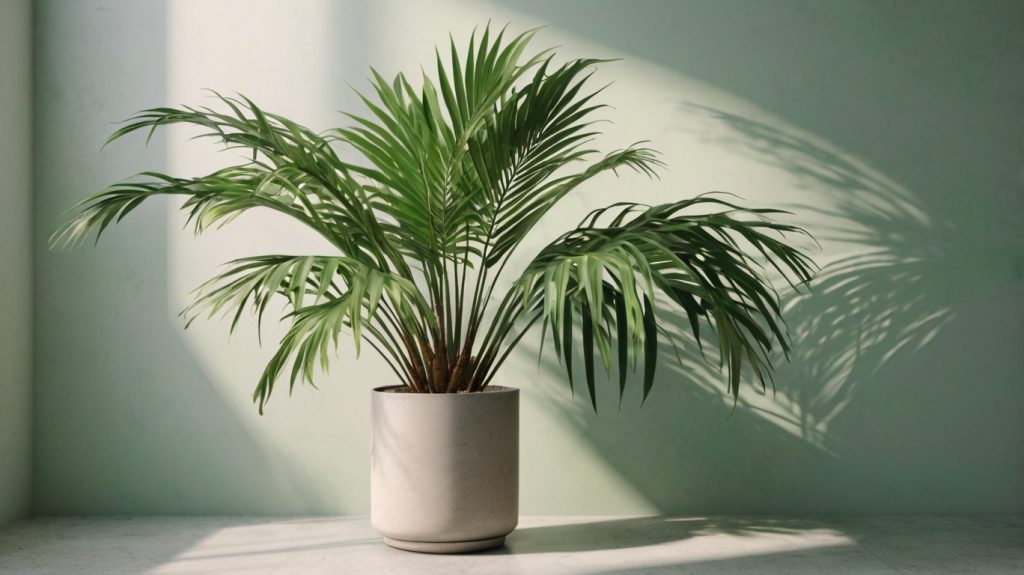
Because furry friends and toxic plants don’t mix.
Areca Palm
Non-toxic and perfect for creating that tropical, beachy vibe.
Calathea
Stunning patterned leaves and completely safe for cats and dogs.
Bamboo Palm
Cleans your air and gives you that lush, resort feel—all without harming pets.
The All-Round MVP: Aloe Vera
If we had to crown a “most beneficial houseplant,” aloe vera would take the title. It improves air quality, boosts humidity, is easy to care for, and has the added bonus of being useful for burns, cuts, and skincare. Honestly, it’s the Swiss Army knife of the plant world.
Bottom line: When it comes to health-boosting houseplants, you don’t need to turn your living room into a jungle overnight. Start with one or two plants from these categories, get to know them, and slowly build your collection. Before long, you’ll find yourself surrounded by leafy little companions that quietly make your home healthier, happier, and more alive. 🌱
FAQs
Absolutely! Indoor gardens aren’t just “cute décor”—they actively improve your health. Plants clean the air, boost humidity, reduce stress, and even support better sleep. Plus, if you grow herbs or vegetables, you’re literally feeding yourself fresh, chemical-free food. So yes—your little indoor jungle is basically a wellness retreat you don’t have to pay admission for.
Oh, 100%. You might not notice it immediately, but over time plants quietly change the atmosphere in your home. Cleaner air, better moods, less stress, and even more productivity—it all adds up. And unlike that expensive candle you burned through in a week, indoor plants just keep giving.
Yes! Gardening isn’t about acres of farmland—it’s about nurturing plants, whether that’s a sprawling vegetable patch or a single pot of basil on your windowsill. Indoor gardening may look different from outdoor gardening, but the love, patience, and occasional “please don’t die on me” prayers are exactly the same.
Indoor plants are basically nature’s therapy. Studies show they lower stress, reduce anxiety, improve focus, and even boost feelings of happiness. Watching new leaves grow can give you tiny bursts of joy—like little green high-fives for your mental health.
Here’s where things get interesting. Plants don’t have brains or nervous systems like us, but research suggests they can “sense” their environment—like light, touch, and even vibrations. Some studies hint they might respond to your presence and care. So, while they’re not gossiping about you when you leave the room (probably), they definitely know you’re around.
An indoor garden can go by many names depending on the setup. Some call it a houseplant collection, others a green space, and if it’s more structured, it could be a container garden, vertical garden, or even a hydroponic system. Honestly, you can call it whatever you like—”Plant Paradise,” “Leaf Lounge,” or “The Jungle in My Living Room.”
